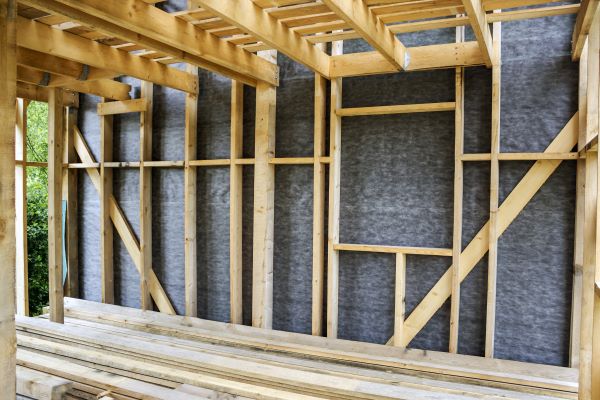Soundproofing and acoustic optimization are essential aspects of creating a peaceful and immersive environment. Whether you are designing a recording studio, home theater, office space, or even a bedroom, controlling sound and optimizing acoustics can greatly enhance the overall experience.
Why is Soundproofing Important?

Soundproofing is the process of reducing or eliminating unwanted sounds from entering or leaving a space. It plays a crucial role in maintaining privacy, preventing disturbances, and creating a peaceful environment. Soundproofing is particularly important in situations where noise can have a negative impact on concentration, productivity, or relaxation.
There are various methods of soundproofing, depending on the level of noise control required and the specific needs of the space. Some common techniques include:
- Installing soundproof doors and windows
- Using acoustic insulation materials
- Sealing gaps and cracks
- Creating double walls or adding mass-loaded vinyl barriers
- Using sound-absorbing panels or acoustic tiles
By implementing these techniques, you can significantly reduce the transmission of sound, creating a more peaceful and isolated environment.
The Importance of Acoustic Optimization
While soundproofing focuses on controlling the transmission of sound, acoustic optimization aims to enhance the quality of sound within a space. It involves manipulating the reflection, absorption, and diffusion of sound waves to create an optimal acoustic environment.
Acoustic optimization is crucial in spaces where sound quality is essential, such as recording studios, concert halls, or home theaters. It ensures that the sound produced or experienced within the space is clear, balanced, and immersive.
Some key factors to consider for acoustic optimization include:
- Room shape and dimensions: The dimensions and shape of a room can greatly affect its acoustics. Certain shapes, such as rectangular rooms, can cause sound waves to bounce and create unwanted echoes. Optimizing the room shape and dimensions can help minimize these acoustic issues.
- Sound diffusion: Diffusion involves scattering sound waves to create a more even distribution of sound throughout the space. This can be achieved through the use of diffusers, which break up sound reflections and reduce echoes.
- Sound absorption: Excessive echoes and reverberations can be controlled by incorporating sound-absorbing materials into the room. These materials, such as acoustic panels, help absorb sound waves and reduce reflections.
- Speaker and seating placement: Proper placement of speakers and seating is crucial for achieving optimal sound quality. Consideration should be given to the room’s dimensions, the intended listening position, and the characteristics of the speakers.
By optimizing the acoustics of a space, you can create an immersive audio experience, whether it’s enjoying a movie, recording music, or simply having a conversation without unwanted echoes.
Soundproofing and acoustic optimization are essential for creating a peaceful and immersive environment. Soundproofing helps control the transmission of sound, while acoustic optimization enhances the quality of sound within a space. By implementing these techniques, you can enjoy improved privacy, reduced disturbances, and an enhanced audio experience. Whether you are setting up a home theater, recording studio, or a quiet workspace, soundproofing and acoustic optimization should be key considerations in your design process.










